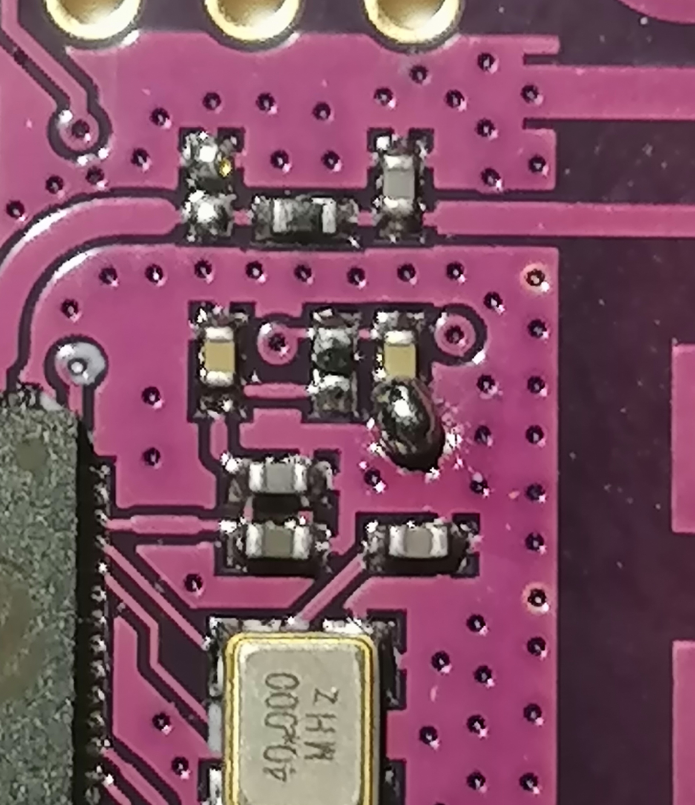Talking about this board: https://www.wemos.cc/en/latest/s2/s2_mini.html. High-res board pintout poster here. Details here.
There are different versions of of the board on Aliexpress and some have a design issue that causes random reboots when the wifi is in use. Here is an analysis of the defective boards:

Those boards are tricky to flash the first time. You'll have to use the ESP32 Flash Tool + CP210x drivers in order to burn the first firmware, then you can upgrade as always via wifi.
web.esphome.io fails because of an issue with esptool-js described here. To get around this download the generic ESPHome firmware from https://github.com/esphome/firmware/actions/runs/7443385432 > esphome-web artifact > extract the esphome-web-esp32s2.bin and flash the board using the tool bellow with the address 0x0 and DoNotChgBin checked:

In order to get the the board into "download mode" you need to 1) connect the board to the computer; 2) press/hold the button labeled as 0; 3) press and release the RST button; 4) release the 0 button. After this sequence a new serial port should come up in your computer that you've to select on the bottom of the tool. After flashing remove the power and plug it back in and it will be done.
In your ESPHome yaml you'll want to use this:
esp32:
board: lolin_s2_mini
variant: ESP32S2
framework:
type: arduino
Those boards will run hot and disabling logging, web server etc. will help but won't fix the issue completely.
I've bought dozens of those boards from Aliexpress and the only reliable store seems to be this one. The others seem to ship mixes batches of good and poorly designed boards and you never know what you'll get.
I consider this to be a good ESP32 board when a lot of I/O and a fast chip is required. However, if you're looking for a small board to run a single sensor or a relay with ESPHome then the ESP32-C3 Super Mini (seller here) is most likely a better option as it can be flashed much faster with web.esphome.io from any browser.
